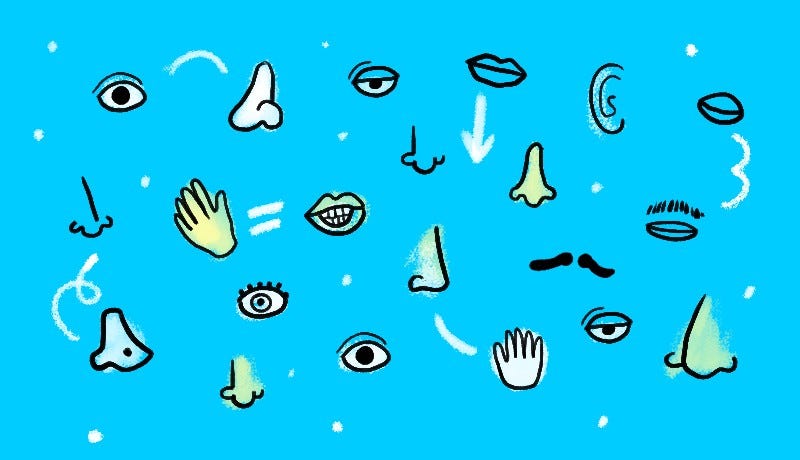What’s hot in UX this week:

Why do Chatbots Fail? →
The idea of automating and scaling one-to-one conversations using technology appeals to lots of brands and services out there. In this process, designers play an important role at defining how each conversation is scripted and the behaviors users can expect when interacting with bots.
But, despite the best of our intentions, sometimes chatbots fail to deliver user experiences that are as seamless, delightful and efficient as we envisioned them to be.
What is going on?
Here are a few common reasons for chatbots to fail.
The Beauty of Imperfection in Interface Design →
Sometimes we tend to think of our designs as if they are pieces of art. But if we think of them this way, it means they won’t be ready to face the uncertain conditions of the real world.
via Fabricio Teixeira
The Future, Crowdsourced →
We’re entering another technological sea change, and this one is going to push designers to rethink everything about the user experience and about our own processes.
via Caio Braga
Battling Perfectionism →
How do you beat perfectionism? Well, this question assumes that perfectionism is something that *should* be beaten, which I don’t think is always true.
via Fabricio Teixeira
Uber Navigation →
You sit in your car, listening to a light rain ping quietly down on the hood. You’ve just finished your fourth trip of the night, and you sit back and relax. Not for long though, it’s a busy night and you accept another pickup request close by.
via Fabricio Teixeira
8 Lessons in UX writing →
For a lot of people, being a UX writer sounds super easy. I thought it too, when I first started out. After all, how hard could it possibly be to string together words for an app or a website?
via Caio Braga
Design Sprints are Snake Oil →
Design sprints are snake oil, and I’ll tell you why. Their creator, Jake Knapp, a designer with Google Ventures, promises fast, tangible results for virtually any problem of any size, in any organization.
via Fabricio Teixeira
The Best Chatbots of the Month →
Chatbots keep trending — and at this point we’ve all heard of, thought about or even prototyped and launched a few. Here are some of the best chatbots experiences we found this month.
via Fabricio Teixeira
Designing the Best UI for Room-Scale VR →
As virtual reality becomes more and more mainstream, we, the designers and developers, are starting to build in bullet-proof techniques and processes to make VR environments and experiences fun, believable, practical and seamless.
via Fabricio Teixeira
Iteration is not Design →
In some reaches of the product development world there is a fascination with the idea that products can nearly design themselves through an iterative process of development, testing, and incremental improvement. This is what I call “design Darwinsm.
via Fabricio Teixeira
News & Ideas
John Maeda’s report on the state of Design in Tech in 2017
The Noun Project is donating icons to create posters for protests
Facebook’s FBF8 conference is coming up soon
A TV that doesn’t turn off; instead, it displays a stunning piece of art
Keeping track of which contacts use which chat systems
Smashing Magazine has a new design
In case you were looking for this: pics of horses from the bottom
1979.fm is the radio from the 20th Century Women movie
Tools & Resources
Animista is a collection of ready-to-use CSS animations
Are grid systems still relevant in digital product design?
Sideways Dictionary uses metaphors to explain complex jargons
An online course about command lines for non-techies
Buckets lets you create collections of online resources in style
A Slack group with Seoul startups
MyAlfred is a chatbot + personal butler
A year ago…
The Suggested Web is Killing Discovery →
Suggested feed is everywhere. Your Facebook feed, the people Twitter wants you to follow, the pictures Instagram makes you see, the products Amazon thinks you’ll buy, Tumblr, Reddit, Medium, even your search engine.
More often than not, we find ourselves appreciating the machine learning us, and adapting. More often than not, I find myself appreciating the person who wrote this algorithm. More often than not, it is quite useful.
But I often find myself questioning: am I seeing what I like, or am I just liking what I see?



